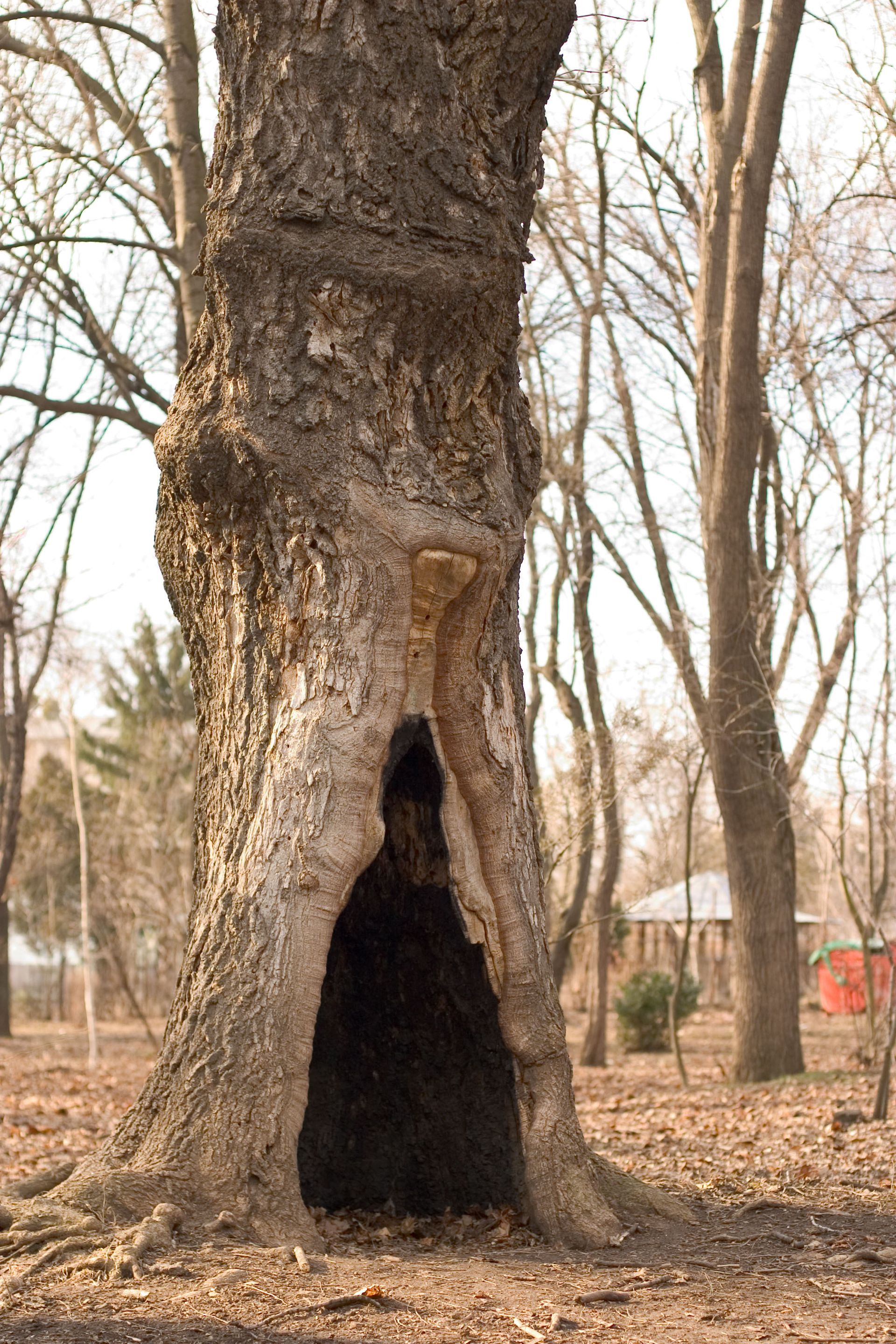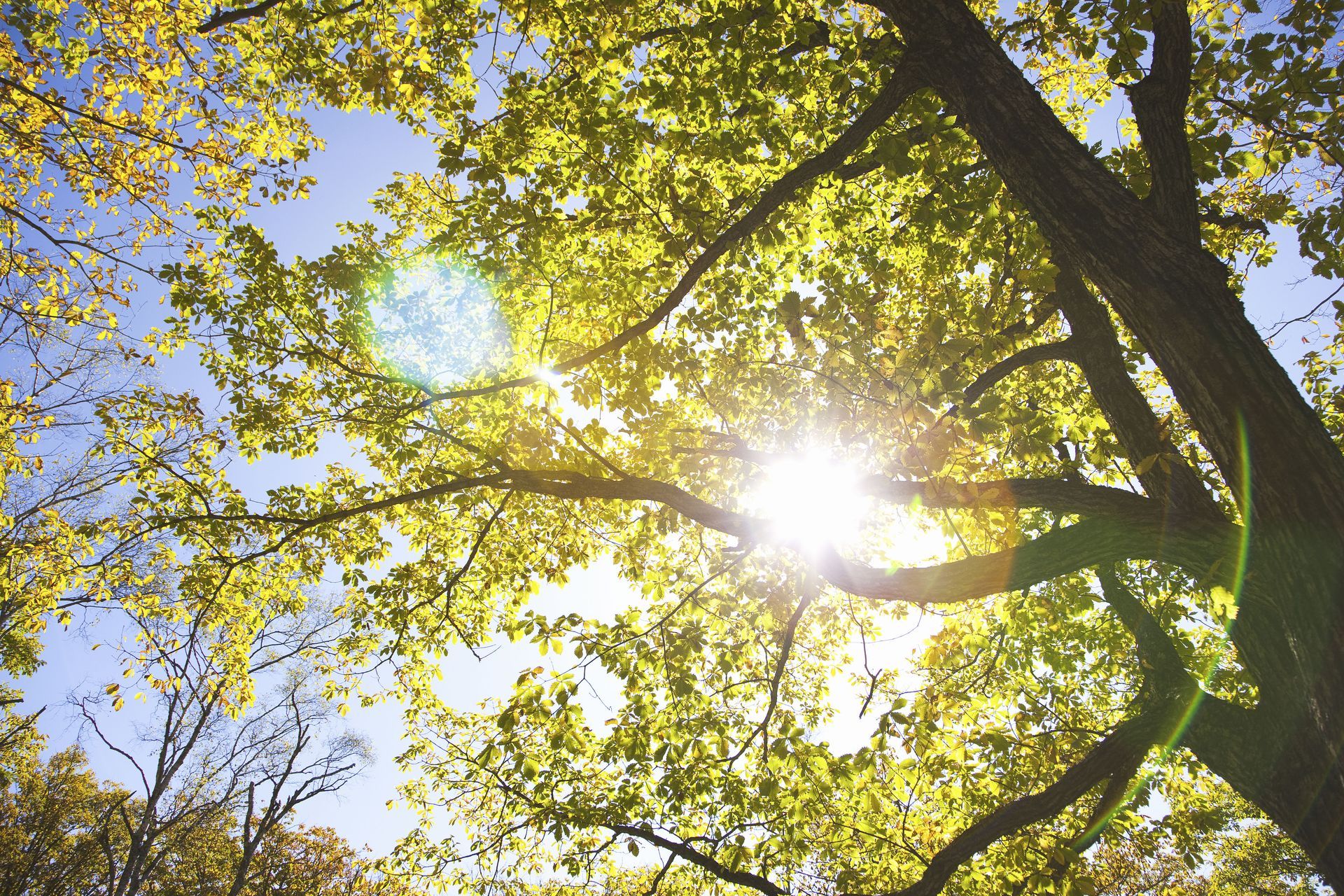October 24, 2025
Once thought to be purely harmful, hollow tree trunks have become a topic of discussion among modern arborists and tree service professionals. These natural formations reveal fascinating ecological functions and structural dynamics that are essential to understanding proper tree care. Hollow trunks may look concerning at first glance, but they often play valuable roles in supporting ecosystems and sustaining biodiversity. Balancing these benefits with the need for safety requires careful observation and informed management. This article explores ten essential truths about hollow trunks, focusing on their formation, ecological significance, assessment methods, and how professional tree service solutions can help maintain both beauty and stability in your outdoor spaces. In many cases, a hollow trunk doesn’t necessarily signal a dying tree — it can indicate natural adaptation to aging or environmental change. Understanding this balance is key to making smart decisions about tree preservation and maintenance.
1. Understand How Hollow Trunks Form
Hollow trunks can form due to both natural and human-related causes. Over time, older trees may naturally develop hollow spaces as part of their aging process, while still remaining stable and alive. Human activities such as improper pruning, root damage, or soil compaction may also trigger internal decay that leads to hollowness. Environmental stressors like drought or pollution accelerate this process, emphasizing the need for proactive tree service care to minimize long-term damage. Understanding these causes helps homeowners recognize when preventive steps can extend a tree’s lifespan.
2. Recognize the Role of Fungi and Weather
Fungi are key players in the formation of hollow trunks, breaking down dead or weakened wood inside the tree. While this process can contribute to decay, it also supports nutrient recycling that benefits nearby vegetation. Weather conditions, including heavy storms and fluctuating temperatures, further influence decay by introducing moisture and stress. According to Forbes, hollowness is not always a reason to remove the tree, but if it exceeds 30%, you may need to do so. Monitoring these conditions with professional guidance ensures your trees remain structurally sound while supporting local ecosystems.
3. Evaluate the Influence of Tree Age and Species
Tree species and age strongly determine how hollowness affects structural integrity. Many older trees naturally develop cavities without losing strength, while certain hardwoods resist decay longer than others. Recognizing these differences helps arborists determine whether a hollow trunk is a hazard or simply part of a tree’s natural development. With expert tree service, assessments can distinguish between trees that need removal and those that continue providing shade, beauty, and habitat safely.
4. Appreciate the Ecological Benefits of Hollow Trunks
Hollow trunks are more than just structural curiosities — they are vital ecological assets. Birds, squirrels, owls, and beneficial insects rely on these natural hollows for nesting and shelter. The organic material inside hollows decomposes slowly, releasing nutrients into the surrounding soil and improving plant growth. By keeping hollow trees where they are safe, homeowners contribute to biodiversity and promote natural soil enrichment. Professional tree service teams help determine when preservation supports a healthy landscape without compromising safety.
5. Assess the Stability of Trees With Hollowness
The stability of hollow trees depends on several interconnected factors, including root strength, trunk diameter, and canopy weight. A tree with a healthy root system can remain strong even with internal hollowness, while one with weakened roots poses a greater risk. Regular inspections identify early warning signs such as cracks, leaning trunks, or fungal growth. Using modern diagnostic tools like sonic tomography, arborists can evaluate internal decay without invasive cutting. These technologies allow for precise decision-making, combining safety and conservation. When performed by skilled tree service professionals, these evaluations protect both property and the environment.
6. Apply Preventive and Corrective Management Strategies
Preventive care remains the cornerstone of healthy tree maintenance. Regular trimming and pruning reduce stress and improve airflow through the canopy, minimizing the risk of decay. Mulching, watering during dry spells, and maintaining soil health also help trees resist hollow formation. When damage does occur, professional intervention methods — such as cabling, bracing, or stump grinding — can reinforce structure and stability. Our tree service team ensures that these methods are implemented safely and effectively to preserve your trees whenever possible. These proactive strategies not only protect your landscape but also extend your trees’ natural life cycle.
7. Dispel Common Myths About Hollow Trunks
Hollow trunks are often misunderstood as immediate signs of failure. In reality, many trees continue to grow and flourish despite visible cavities. Misconceptions often lead homeowners to remove trees unnecessarily, disrupting habitats and losing decades of growth. Education is key to overcoming these myths. When people understand that hollowness alone does not mean weakness, they make more sustainable decisions about their landscapes. Responsible tree service professionals can guide property owners through proper assessment, explaining the difference between natural hollows and serious structural risks. Correct information helps maintain both tree health and ecological balance.
8. Embrace the Future of Tree Research and Technology
Modern technology is transforming how arborists study and maintain trees. Tools like drones, sensors, and digital mapping systems now offer detailed insights into tree health and environmental impact. As these technologies evolve, arborists can detect decay earlier, predict risks more accurately, and create customized care plans. Policy changes and conservation programs also encourage communities to value long-term tree health as part of urban sustainability efforts. Global collaboration among experts continues to advance the understanding of hollow trunks and improve tree work practices for generations to come.
9. Strengthen Tree Health With Regular Maintenance
Routine maintenance plays a critical role in reducing the likelihood of decay and hollowness. Proper pruning and trimming techniques help trees develop balanced canopies that reduce strain during storms. Removing dead branches prevents fungal infection and minimizes the chance of interior rot. Seasonal evaluations by tree service experts allow early detection of potential weaknesses before they escalate into larger structural concerns. Maintaining adequate spacing between trees improves airflow and light exposure, supporting healthy growth. Investing in consistent maintenance keeps your property safer while ensuring trees thrive for years to come.
10. Balance Safety With Environmental Responsibility
The decision to remove or retain a hollow tree should balance safety and ecological value. While a severely weakened tree may require removal to protect nearby structures, many hollows offer valuable habitats and aesthetic appeal. Consulting experienced arborists ensures that every decision reflects both scientific assessment and environmental responsibility. In many cases, cabling or pruning can restore balance without full removal. Professional tree providers evaluate each tree individually, recommending actions that safeguard property while respecting the surrounding ecosystem. This thoughtful approach maintains harmony between human needs and nature’s resilience.
Exploring the truths about hollow trunks reveals that their presence isn’t always a cause for concern — it’s an opportunity to understand nature’s balance. Through professional evaluation, preventive care, and ongoing research, property owners can make informed decisions about tree retention and removal. Hollow trees support biodiversity, enrich soil, and add unique beauty to any landscape when properly maintained.
At Smiley Tree Services, we provide expert solutions for every aspect of tree care, including tree removal, stump removal, stump grinding, sod installation, emergency tree services, and tree trimming and pruning. Whether you’re dealing with a hollow trunk or need seasonal maintenance, we’re here to help protect your property while enhancing the health of your trees.
For safe, reliable, and professional care, contact Smiley Tree Services today — your landscape deserves the attention of a team that values both nature and safety.


